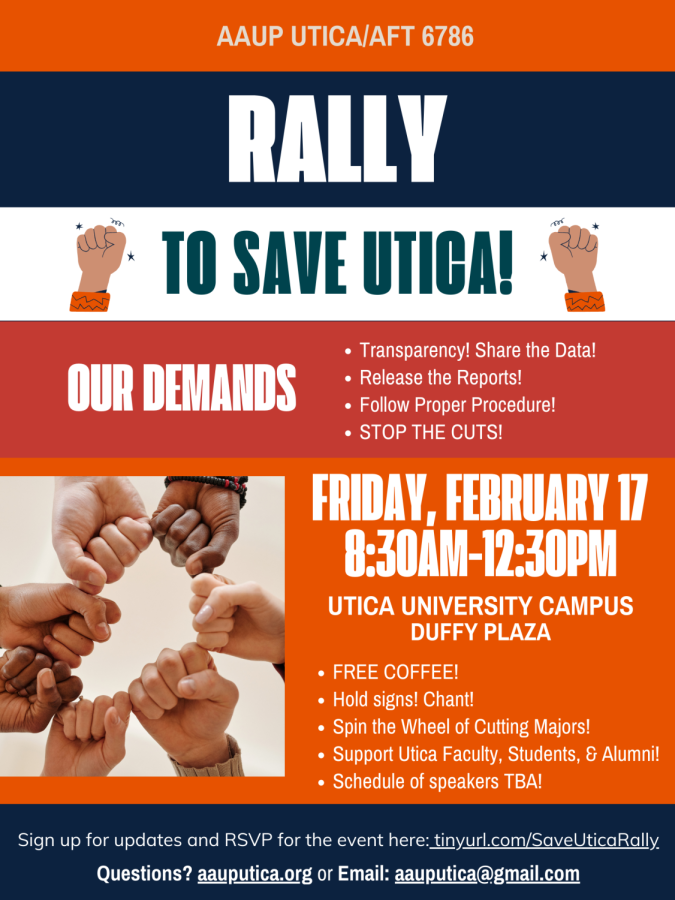The Earth’s CO2 time clock is ticking, and it may be nearing the end of a reversible outcome at a faster rate than we think.
Carbon emissions from heavy industrial use have long had a great impact on the environment and while many individuals have brought attention to the crisis at hand, it seems that many did not realize the seriousness of the matter until recently.
In a recent The New York Times article, writer Colin Moynihan discussed the time clock in New York City created by artists Andrew Boyd and Gan Golan. These artists created the climate change clock in response to the shocking discoveries about the time limit on Earth made by scientists in Germany. The clock counts down how much time the world has to stop the damage of climate change before it is too late.
As all individuals are consumers and producers of carbon emissions in both large and small ways, it is wise to consider ways in which one can limit their carbon footprint on Earth. One way in which to see where one can cut down on personal emissions is by completing the carbon footprint calculator found here.
Sara Scanga, chair of the biology department at UC, said the carbon calculator is the same one that she uses for all of her upper-level biology students during her courses.
Junior Linnea Ecklund filled out the quick carbon footprint calculator, and said she was concerned about the amount that she and her family uses in the environment versus what they put back into the environment.
“My household’s average was 70 tons of CO2 per year which to me, seems like a lot,” Ecklund said. “The results say that we are better than average. But I am unsure about how much better that is, considering we don’t compost or use solar power.”
Recognizing that limiting one’s own carbon emissions is important, but it isn’t always easy to find ways in which to do so. The Carbon Clock located on the 14th Street Building, One Union Square South in New York City, was displayed during climate week until Sept. 27. The clock’s purpose was to encourage people to look at ways in which they can limit their own emissions as well as finding others to help reduce industrial CO2 emissions.
“While the Carbon Clock appears to be a precise measurement of the time left to ensure climate protection, many uncertainty factors remain, such as different definitions of the 1.5°C target as well as different assumptions about the climate sensitivity, the actually attained degree of global warming, and the future development of other greenhouse gases,” according to the Mercator Research Institute on Global Commons and Climate Change.
In addition to understanding climate sensitivity and limiting one’s own emissions, one should also look toward those our elected officials, only adding to the relevance of voting not in just in this upcoming election, but in elections of the future.
“While individual lifestyle choices certainly do impact carbon pollution, a great deal of the responsibility for carbon pollution lies at the feet of industry, not just individuals,” Scanga said. “Voting for politicians who will develop and support climate-friendly policies may be one of the most important things that an individual can do to help reduce carbon pollution.”
Ecklund argues that we need to pay more attention to what is happening around us, both on a collectivist and individualistic level. Our actions leave some sort of impact that will decide our future.
“In this overpopulated world we seem to only focus on our own personal space, but we seem to forget how much we are affecting others around us,” she said. “The air we breathe and water we drink should be as healthy as possible for all people. A healthy environment should be a human right.”
While having a healthy environment is a human right, working to maintain that right is something that humanity as a collective will have to work on. Artists such as Golan and Boyd are drawing attention to this issue for that reason in hopes that more people will join the cause to lessen carbon pollution and secure a future with a healthy environment.
“The Climate Clock in NYC is a great way to make science-based predictions more accessible to the public,” Scanga said. “Artists have an important role to play in communicating the urgency of the climate crisis to everyone. It is really hard to wrap our heads around a problem that is so widespread, long-term, and not immediately visible to everyone. So things like the Climate Clock help keep everyone aware that climate change is one of our most pressing problems.”





































































































































